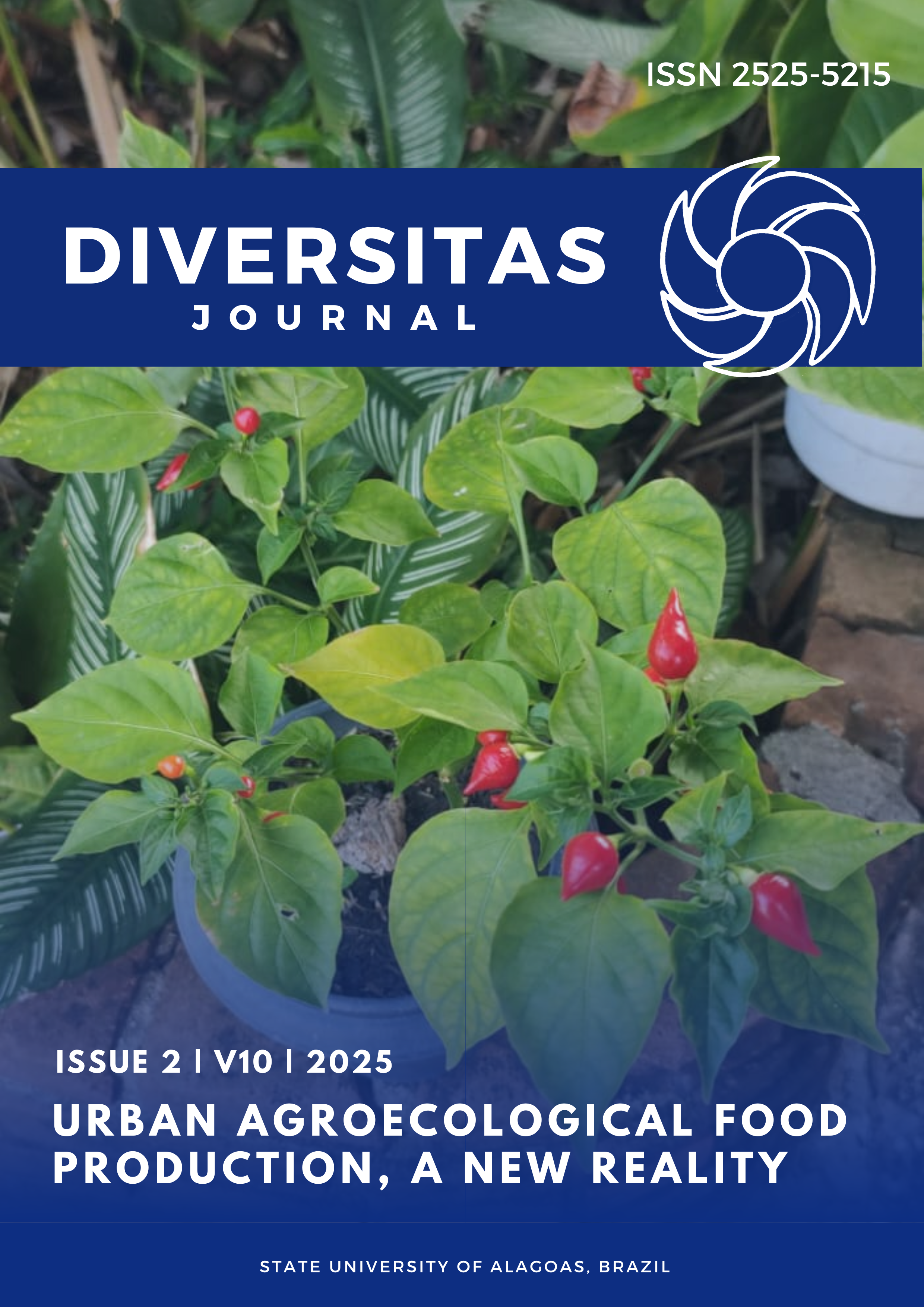Implementation of Sashimi Waterfall Model: Development of Online Ordering System
DOI:
https://doi.org/10.48017/dj.v10i2.3143Palabras clave:
Sasimi, ordering, analyticsResumen
The Online Ordering System with Location Analytics is a website that can be utilized on both traditional desktop computers and mobile devices, such as smartphones. With the use of internet technology, customers are able to enter their orders into the system using any device, including personal computers and smart phones. The website contains predictive modelling that will allow the administrator (end user) to examine orders in advance (on a daily basis), which will allow the administrator to manage the required amount of work force in advance. The system was able to graphically depict the volume of orders in each of the important delivery locations, such as barangay, due to the use of computer analytics. Throughout the entirety of the system's design and development, Peter DeGrace's Sashimi Waterfall model served as a foundational reference point. The framework of the system was built with Hypertext Preprocessor (PHP), a popular open-source general-purpose scripting language that excels at web development and can be included into HTM. PHP is a general-purpose scripting language with a wide range of applications. During the testing of the system, an evaluation instrument that was adapted from ISO 9126 was applied, and it earned a mean rating of 4.15 along with an adjectival rating of Very Good. According to the findings of the tests, the system has successfully passed the software quality evaluation and possesses the qualities that are characteristic of good software.
Métricas
Citas
Akshaya J. B., Rakshitha R. R., Srilaxmi C. P., & Trupthi B. (2019) Online Food Ordering System. International Journal of Recent Technology and Engineering (IJRTE). Vol.8 Issue 2S3.
Ashutosh B., Jadhav, N., Joshi, A. Oke, P., & Lahane, S.R. (2013). Digital Ordering System for Restaurant Using Android. Volume 3, Issue 4.
Cheema, U., Rizwan, M., Rizwan, J., Durrani, F., & Sohail, N. (2013). The Trend of Online Shopping in 21st Century: Impact of Enjoyment in TAM Model. Asian Journal of Empirical Research.
Crossman, A. Understanding Purposive Sampling: An Overview of the Method and Its Applications. https://www.thoughtco.com/purposive-sampling- 3026727. Accessed September 10,2017.
Frankenfield, J. What Is Business Intelligence (BI)? Types, Benefits, and Examples. Accessed April 10, 2021.
Kemper, E., Stringfield, S., & Teddlie, C. 2003. Handbook of Mixed Methods in Social & Behavioral Research. SAGE Publication Inc.
Matkovic, P. & Tumbas, P. (2010). A Comparative Overview of the Evolution of Software Development Models. Journal of Industrial Engineering and Management. 1. 163-172.
Mcleod, S. Likert Scale Questionnaire: Examples & Analysis. Simply Psychology. Accessed June 30, 2021.
Nedrich, M. An Introduction to the Central Limit Theorem. Atomic Spin. https://spin.atomicobject.com/2015/02/12/central- limit-theorem-intro/. Accessed September 20, 2021.
Nelson, K. “What Are Online Food Ordering Systems and How Do They Work?” Lightspeed. https://www.lightspeedhq.com.au/blog/what-are-online-food-ordering-systems-and-how-do-they-work/. Accessed August 30, 2022.
Patel, M. (2015). Online Food Order System for Restaurants. Technical Library. Paper 219.
Palys, T. (2008). Purposive sampling. In L. M. Given (Ed.) The Sage Encyclopedia of Qualitative Research Methods. (Vol.2). Sage: Los Angeles, pp. 697-8.
Pierce, R. "Weighted Mean". Math Is Fun. http://www.mathsisfun.com/data/weighted-mean.html. Accessed September 16, 2019.
Sahu, P.K. & Kumar R. 2014. "The Evaluation of Forecasting Methods for Sales of Sterilized Flavoured Milk in Chhattisgarh." International Journal of Engineering Trends and Technology (IJETT).
Taylor, C. What Is the Importance of the Central Limit Theorem? About com Education. http://statistics.about.com/od/ProbHelpandTutorials/a/I mportance-of-central-limit-theorem.htm. Accessed September 16, 2020.
Teddlie, C. & Yu, F.. 2007. "Mixed Methods Sampling A Typology With Examples." Journal of Mixed Methods Research.
Vagias, W.M. (2006). Likert-type scale response anchors. Clemson International Institute for Tourism & Research Development, Department of Parks, Recreation and Tourism Management. Clemson University.
Varsha Chavan, P. J. (2015). Implementing Customizable Online Food Ordering System. International Journal of Innovative Science, Engineering & Technology.
Zhou, L. ,Dai, L., & Zhang D. (2007). Online Shopping Acceptance Model - A Critical Survey of Consumer Factor in Online Shopping. Journal of Electronic Commerce Research.
Descargas
Publicado
Cómo citar
Número
Sección
Licencia
Derechos de autor 2025 Joe Marlou Opella

Esta obra está bajo una licencia internacional Creative Commons Atribución 4.0.
O periodico Diversitas Journal expressa que os artigos são de unica responsabilidade dos Autores, conhecedores da legislação Brasileira e internacional. Os artigos são revisados pelos pares e devem ter o cuidado de avisar da possível incidencia de plagiarismo. Contudo o plagio é uma ação incontestavel dos autores. A Diversitas Journal não publicará artigos com indicios de Plagiarismos. Artigos com plagios serão tratados em conformidade com os procedimentos de plagiarismo COPE.
A violação dos direitos autorais constitui crime, previsto no artigo 184, do Código Penal Brasileiro:
“Art. 184 Violar direitos de autor e os que lhe são conexos: Pena – detenção, de 3 (três) meses a 1 (um) ano, ou multa. § 1o Se a violação consistir em reprodução total ou parcial, com intuito de lucro direto ou indireto, por qualquer meio ou processo, de obra intelectual, interpretação, execução ou fonograma, sem autorização expressa do autor, do artista intérprete ou executante, do produtor, conforme o caso, ou de quem os represente: Pena – reclusão, de 2 (dois) a 4 (quatro) anos, e multa.”


















